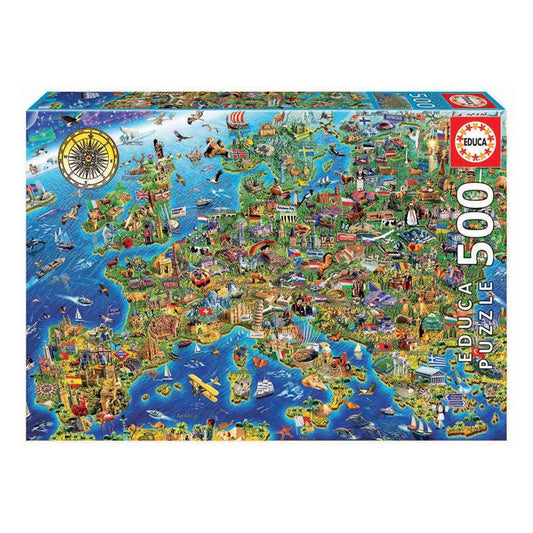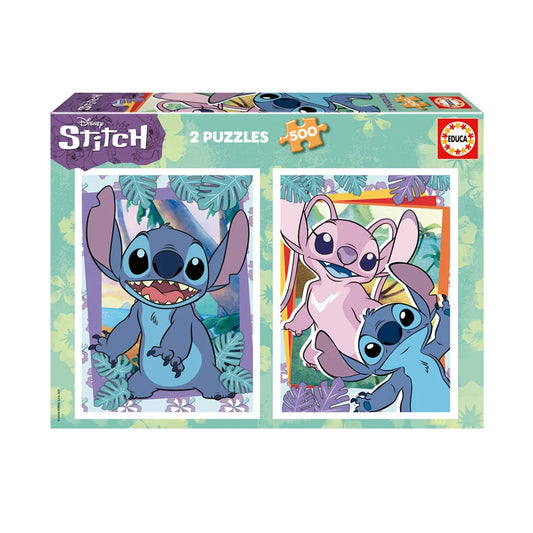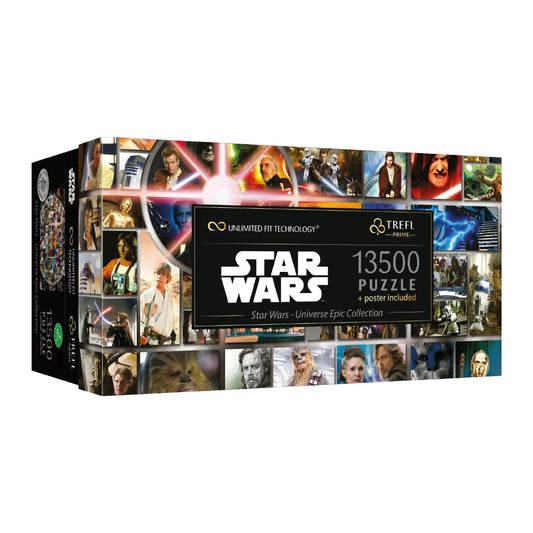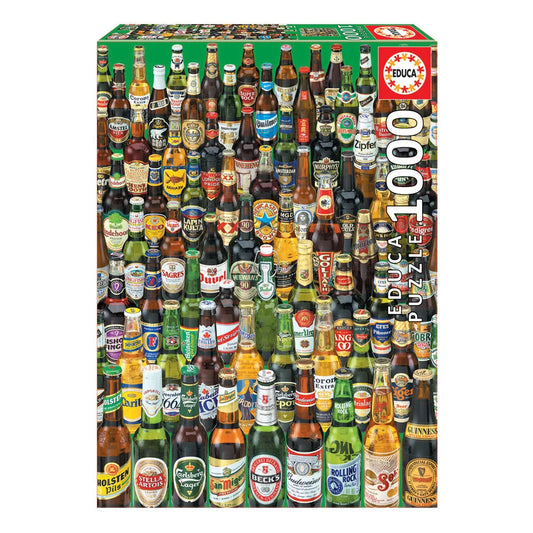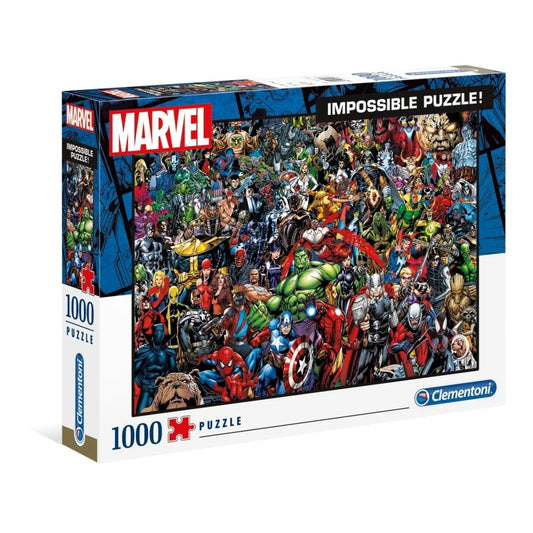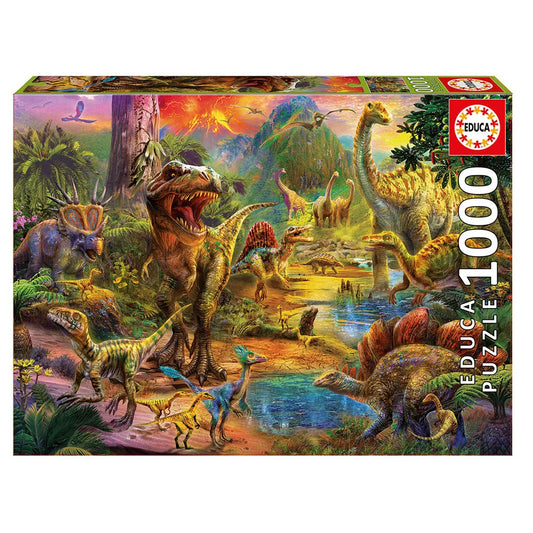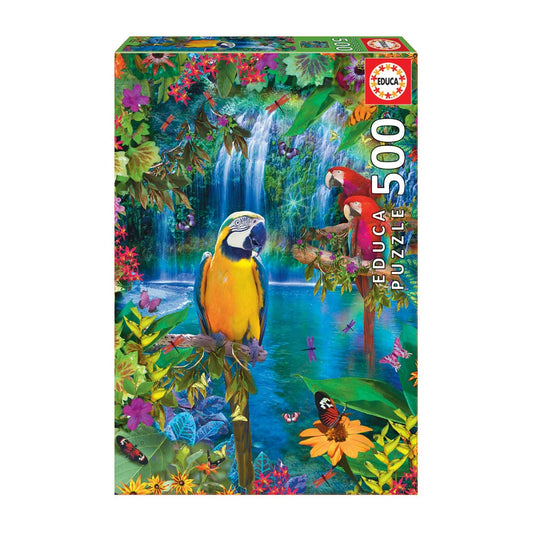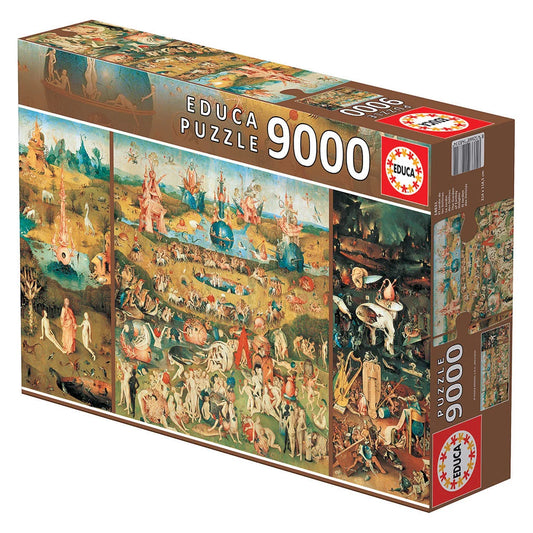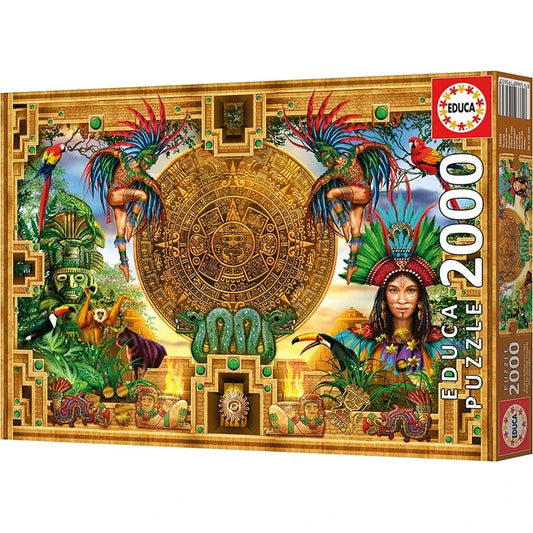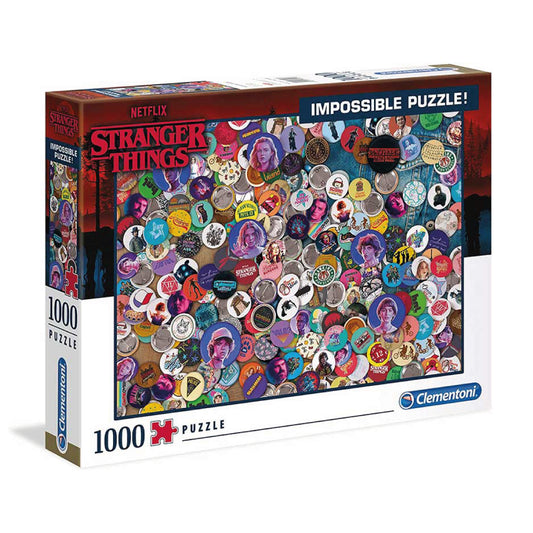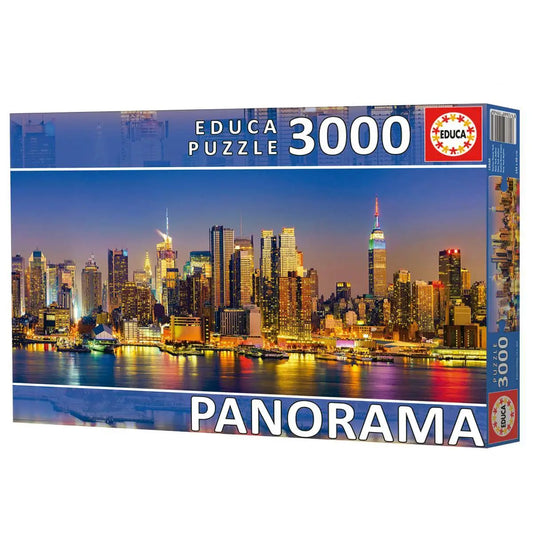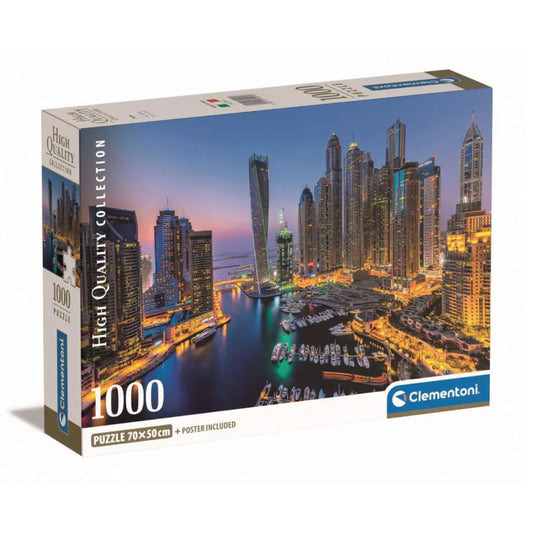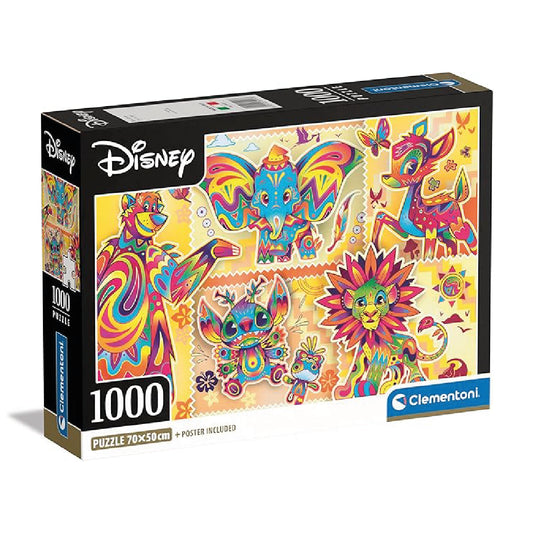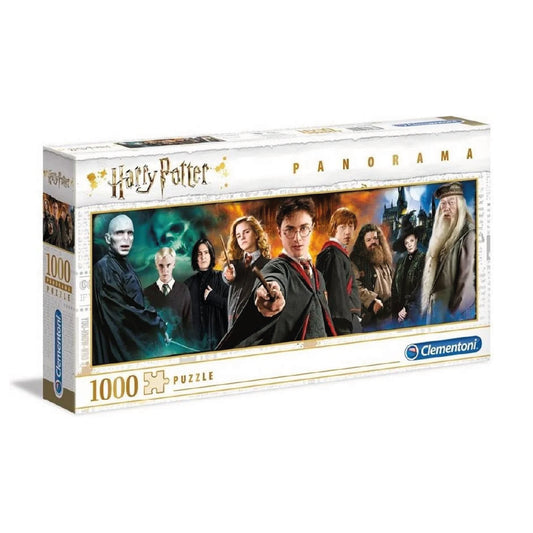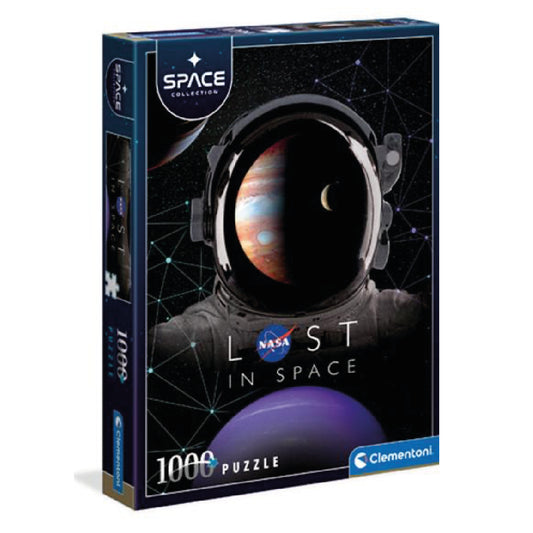
When thinking about hobbies that combine leisure and cognitive development, puzzles naturally emerge as one of the most appealing choices. By spreading the pieces out on a surface, a kind of silent dance between challenge and reward begins, where each successful fit is a small celebration. But beyond entertainment, this habit conceals a remarkable ability to revitalize and strengthen brain function.
It's not uncommon to find families and friends sharing moments around a puzzle from Educa, a Spanish brand recognized for the quality and diversity of its challenges. These puzzles, available in versions ranging from the very first 6 pieces to monumental mosaics of thousands of fragments, are an irresistible invitation to exercise the mind.
From entertainment to intellectual stimulation
By assembling puzzles, you not only develop patience and perseverance—qualities increasingly valuable in today's fast-paced world—but you also activate a complex network of brain areas. The simple act of searching for a piece and testing it repeatedly stimulates:
- logical reasoning
- hand-eye coordination
- spatial perception
- attention to detail
- visual memory
These nuances may seem small, but they make all the difference in the brain's daily functioning. Educa puzzles, with their careful selection of challenging images and precise cutting of pieces, amplify these benefits, turning each assembly into a complete mental exercise.
The value of images: more than aesthetics
The visual impact is undeniable. When confronted with an image divided into dozens or hundreds of pieces, the brain needs to develop strategies to reconstruct the whole. Photographs of cities, famous paintings, or natural landscapes, featured in Educa puzzles, serve as true challenges to visual perception and pattern categorization.
Puzzle selection is not irrelevant:
| Theme/Image | Stimulus Type | Suggested Age |
|---|---|---|
| Animals | Attention, shape recognition | Children and seniors |
| Works of art | Visual memory and colors | Young adults/adults |
| Landscapes and monuments | Orientation and spatial perception | All ages |
| Maps | Analytical and logical skills | Adults and teenagers |
| Scientific discoveries | Curiosity, advanced reasoning | Young people/adults |
The diversity of themes facilitates the personalization of difficulty and emotional involvement, factors that determine the real motivation to continue with the assembly.
Gradual challenges: puzzles for every stage of life
What makes an Educa puzzle so distinctive is its ability to adapt to all stages of development. The robust, colorful, and small-piece models serve as an initial stimulus for children beginning to explore spatial relationships and the concept of fitting together. As they grow, children benefit from the 100-, 200-, or 500-piece models, which already involve more accurate visual reading and introduce repetition and coloring patterns, making the activity even more fun.
For adults, the challenge increases with puzzles of 1,000 pieces or more, introducing complex levels of detail, areas with subtle color gradients, and formations that require methodical analysis, making the experience even more fun. Many adults turn to puzzles not just for leisure, but as a productive alternative to relieve stress and improve mental agility.
The benefits also extend to the elderly: several studies highlight the beneficial effects of puzzle-solving on the elderly, helping to maintain cognitive abilities and even delaying symptoms associated with neurodegenerative diseases. This regular practice preserves skills such as:
- working memory
- planning
- visual recognition
- focus and resistance to distraction
How Educa puzzles encourage collaborative work
While a puzzle can be enjoyed alone, the shared experience multiplies the positive effects. Gathering colleagues, friends, or family around a table creates opportunities to:
- effective communication
- definition of joint strategies
- division of tasks and recognition of personal skills
By solving puzzles as a group, everyone contributes to the solution, learning to value different perspectives and individual capabilities. Sharing achievements gives them a collective dimension, fostering not only a sense of belonging but also a healthy intergenerational dynamic, especially when it involves different age groups.
How to select the ideal puzzle
The choice doesn't depend solely on the number of pieces. There are other factors to consider to maximize the benefit and pleasure of completing an Educa puzzle:
- Theme of interest: Choose an image that motivates the dedication. It could be a special place, a pop culture theme, art, nature, or even an abstract mosaic.
- Adjusted difficulty: It's important not to underestimate or overwhelm. A puzzle that's too simple loses its challenge, while one that's too complex can lead to frustration.
- Available size: Make sure there is room to assemble the puzzle from start to finish without having to move it frequently.
- Time available: A puzzle can be a project lasting just a few days or several months; it's best to adjust your choice to the desired pace.
These initial decisions create an environment conducive to success, motivating perseverance until the last piece fits.
Psychological and emotional benefits
Beyond activating brain functions, puzzles have a calming effect on emotional states. The methodical pace, combined with gradual but tangible progress, brings feelings of:
- personal fulfillment
- control over a challenging task
- mental relaxation
During assembly, there are moments of intense, almost meditative concentration, in which the mind abstracts itself from external noise and focuses solely on the search for the next piece. This mindfulness, the so-called "flow experience," is an effective antidote to everyday anxiety and tension.
Little tricks to enhance the experience
Assembling puzzles can be even more stimulating with some clever strategies. Here are some tips for those who want to get the most out of this activity:
- Separate by color and pattern: Facilitates quick identification of parts during assembly of more complex areas.
- Start with the edges: By defining the space, it becomes easier to manage the rest of the challenge.
- Set partial goals: Organize the montage by segments (sky, building, vegetation, etc.) and celebrate each progress.
- Work in regular sessions: Regularity helps to fix visual strategies and encourages memory.
- Avoid distractions: A quiet environment maximizes concentration and makes the experience more rewarding.
The power of puzzles in the educational context
It's increasingly common to see teachers and occupational therapists incorporating puzzles into their practices. Especially in childhood, this tool stimulates not only intellect but also socio-emotional skills, such as resilience in the face of failure and self-confidence in completing independent tasks.
Educa puzzles, featuring high-quality materials and a variety of themes, are a safe bet for schools, after-school centers, or cognitive rehabilitation therapies. This approach, centered on constructive challenge, transforms learning into an active and engaging experience.
Prospects for the future
If we look at current trends, puzzles continue to attract fans of all ages. In the digital world, virtual versions already exist, but nothing replaces the sensory pleasure of touching the pieces, smelling the new card, and admiring the completed image at the end.
Educa remains a firm reference, updating topics and adapting difficulties to ensure everyone finds answers to their desire for challenge and self-improvement. Whether in a family setting or a therapeutic context, science and personal satisfaction meet in an activity as simple as it is fascinating: solving a puzzle.
The next time you look at a box full of scattered bricks, think not only about the quality time in prospect, but also about the immense opportunity for brain and emotional development it contains. And you might discover that, piece by piece, you can build more than just an image: you also build a more agile brain, a calmer state of mind, and a stronger connection with those around you.

